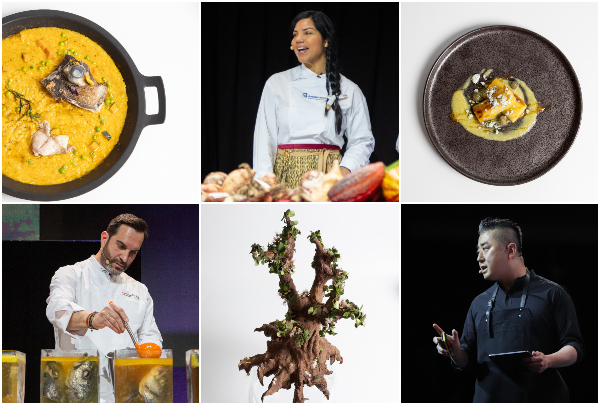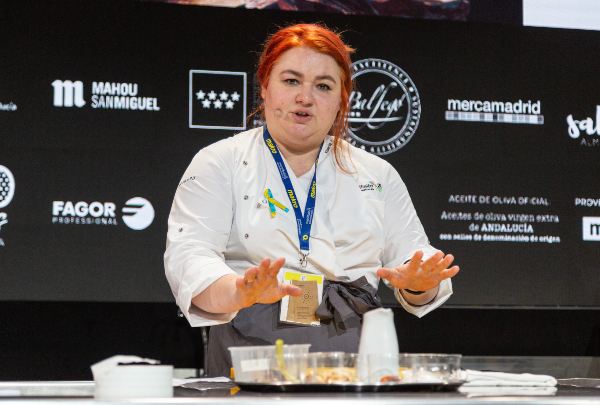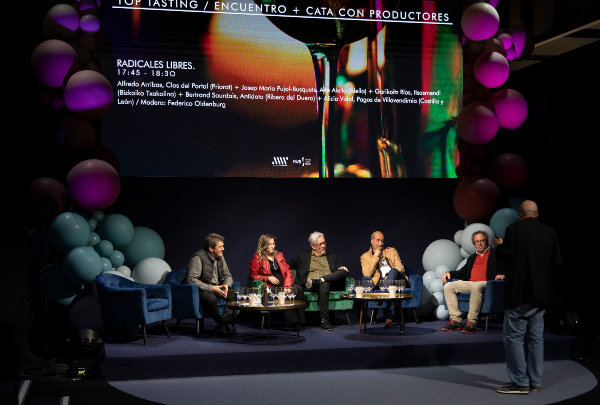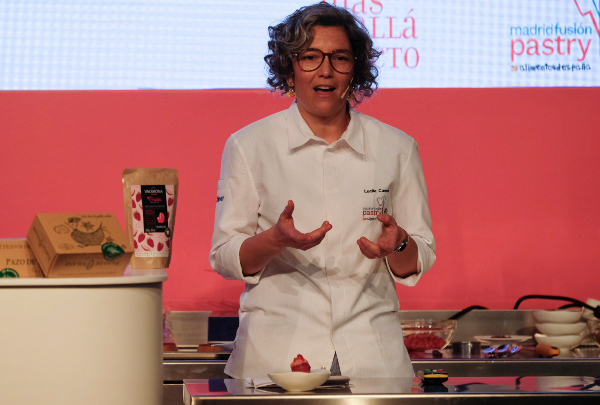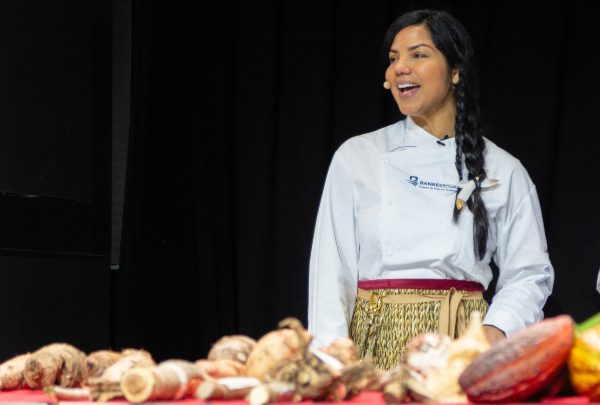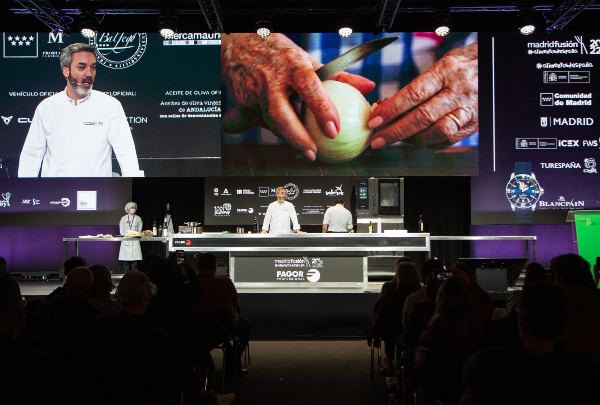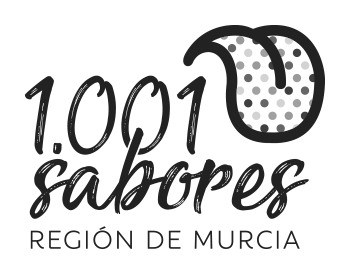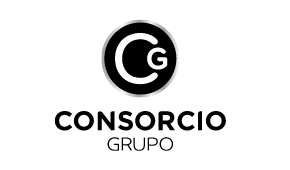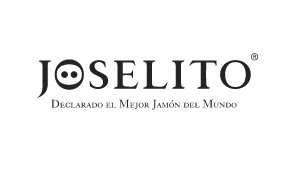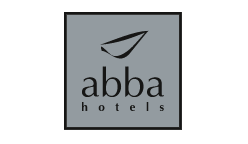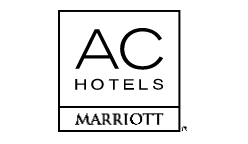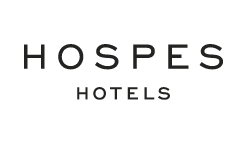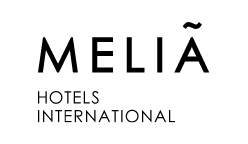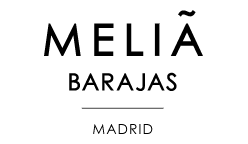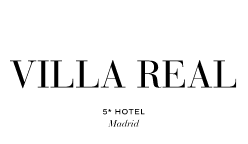News
Chocolate, truffles and natural wines
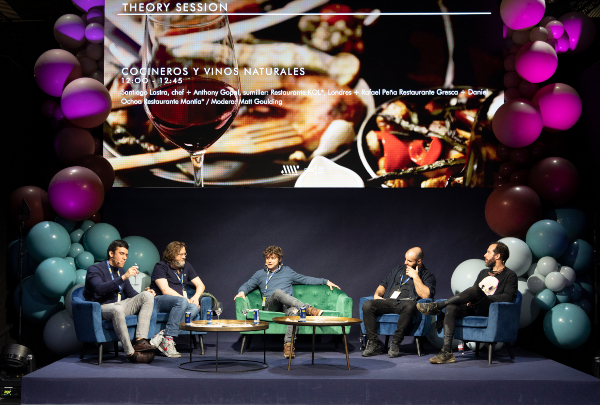
British Master of Wine Sarah Jane Evans kicked off the second day in The Wine Edition Wines from Spain auditorium with a demonstration of the possible combinations of artisan chocolate and wine.
Sarah Jane Evans MW started off the event on Tuesday with a demonstration of the possible combinations of wine and artisan chocolate. A Hispanophile and also a Spanish wine enthusiast, especially sherry, the English MW, co-founder of London's Academy of Chocolate, gave free rein to her two passions in The Wine Edition Wines from Spain auditorium.
“We haven't learnt how to seek out aromas and tastes in chocolate because when we get our hands on it, we wolf it down like children”. Using four Spanish wines (a cider, a txakoli, a Valencian Orange Wine and a sweet red from Málaga) and four different kinds of artisan chocolate, the British Master of Wine encouraged those present to develop their own tasting confidence.
During her master tasting session, Evans made a stand for her own vision of cocoa harmonies with an appreciation of the national wines. “Bringing sherry along was a very obvious choice for me, and I wanted to show that other Spanish wines work just as well with chocolate”, she explained.
Commenting on the similarities between both worlds, the expert noted that chocolate can also be kept for longer periods. She claimed "a good bar of chocolate can be kept, and you can see how its character changes over time".
Sarah Jane Evans MW used her talk to do away with the myth behind some of the most commented traditional combinations: “Chocolate and red wine is a terrible combination", she told the congress. She also dwelt on some of the current trends in artisan chocolate: “The in thing now is salty caramel, and there are formulas like the Coca-Cola formula, because very few people know how to make these varieties".
The objective, insisted the British Master of Wine, was to show that the various tastes and textures of cocoa can elevate the sensory experience of the tasting if it is taken with the right wine. “It's obvious we can avoid desserts by replacing them with some splendid bars of artisan chocolate at the end of any meal", she said to finish off her talk.
Back to natural wines again
In a bid to define the potential of natural wines for haute cuisine, Santiago Lastra and Anthony Gopal, chef and sommelier at London's Kol* restaurant, Rafael Peña, from Restaurante Gresca, and Daniel Ochoa from Restaurante Montia*), revealed the potential of natural wine combinations in the course of a talk moderated by journalist Matt Goulding.
“The story of natural wine is a love story, and each wine has its own story", began Goulding in his presentation. “It's an unpretentious wine, at one with nature, an alternative to the habitat of the conventional suit-and-tie wine", added Lastra.
Turning to any snags chefs may find in natural wines they wish to use in successful extreme combinations, Peña singled out the main handicap: “Natural wines are more fragile than the rest, and they can have their moments. Normal wine is more of a regular item, but natural wines are more cuisine-orientated. The biggest challenge falls to the sommelier, to be able to sell them at the restaurant".
It all depends on the restaurant's clientele. “People who dine at Montia know what they're going to find, natural wine has evolved considerably and so have we, and there are some wines which you don't know are natural wines if they don't tell you, and it's not necessary to start up a crusade against them", said Ochoa.
Gods or demons? Necessity or fad? Matt Goulding directed the conversation towards the major doubt that has dogged natural wines ever since they emerged. “I think we've gone through that era, and these are new times", he claimed. Times in which natural wines have now reached haute cuisine worldwide, and are here to stay.
Environmental awareness is also an important factor in choosing this kind of wine. “Mexican culture sets much store by the taste of lemon, refreshing, intense juices, that mix of acidity and sweetness; it's a natural combination for us. This tradition, in the context of a restaurant in London, can only be obtained with natural wines, because grapes already give you all that, and no additives are required", remarked the Kol* chef.
“Wine is just another ingredient in a recipe, and it has to be tested constantly", added the creator of the Montia* project, who also makes wines for the restaurant. “People want to enjoy themselves, and if they put themselves in our hands for the wine as well as the food, that's what they'll do".
“What's important is the people behind the wine and the way in which those people express themselves through the wine", said Santiago Lastra. “In the world of natural wines we're all friends, almost family, and this is something that forms part of the philosophy of these wines, and that is conveyed to the restaurant", agreed Daniel Ochoa. “You can't organise cuisine thinking about the small-scale producer and km 0, and then have bottles from wineries that produce millions of bottles every year".
Truffles and wine
The morning continued with suggestions of combinations for truffle recipes with Javier Acedo (Trufas Alonso) and Raúl Igual (Restaurante Yaín, IWC Best Sommelier Spain). An encounter with producers demonstrating the peculiarities of truffles which could affect their relationship with wine, on the basis of the latest wine trends.
“A winter truffle has to smell more than a summer truffle, and what we want to do is relate these aromas with the aromas of wine", said Igual. Using four very different wines, especially chosen for the occasion by the sommelier, those present learned how to pick out the similarities between truffles and wines to help produce the perfect combination. Respect for the land, the earthiness, acidity or the intensity of wine are a few of the factors to be borne in mind to arouse the rich nuances of gastronomy's most highly prized fungi.
The "Tierra de Sabor" award for the most sustainable winery goes to Gramona
Tierra de Sabor, the brand promoting the Castilla y León food and agriculture sector, awarded a prize on Tuesday morning for the most sustainable winery, according to the requisites established by the Congress board.
This year it was taken by Gramona, one of the most famous "cava" outlets, with a product based on its ancestors' love of the land and the vine. Something the winery has supported since its beginnings.
Located in Sant Sadurní d’Anoia, Gramona is the combination of two family sagas from the world of wine, the Batlle family and the Gramona family, and it is now owned by the fifth generation of the Gramona Batlle family. Jaume Gramona (1961) is more of a viticulture artiste than just a producer, a creator of wines much appreciated inside and outside Spain thanks to their personality and worth, produced on the criteria of biodynamic agriculture. His latest feat was to modernise Celler Batlle, now a futuristic winery built with the utmost respect for the vineyard.
Toni Pérez, Gramona's sales manager, took the Tierra de Sabor award for best sustainable winery at The Wine Edition Wines from Spain.

 600.jpg)
